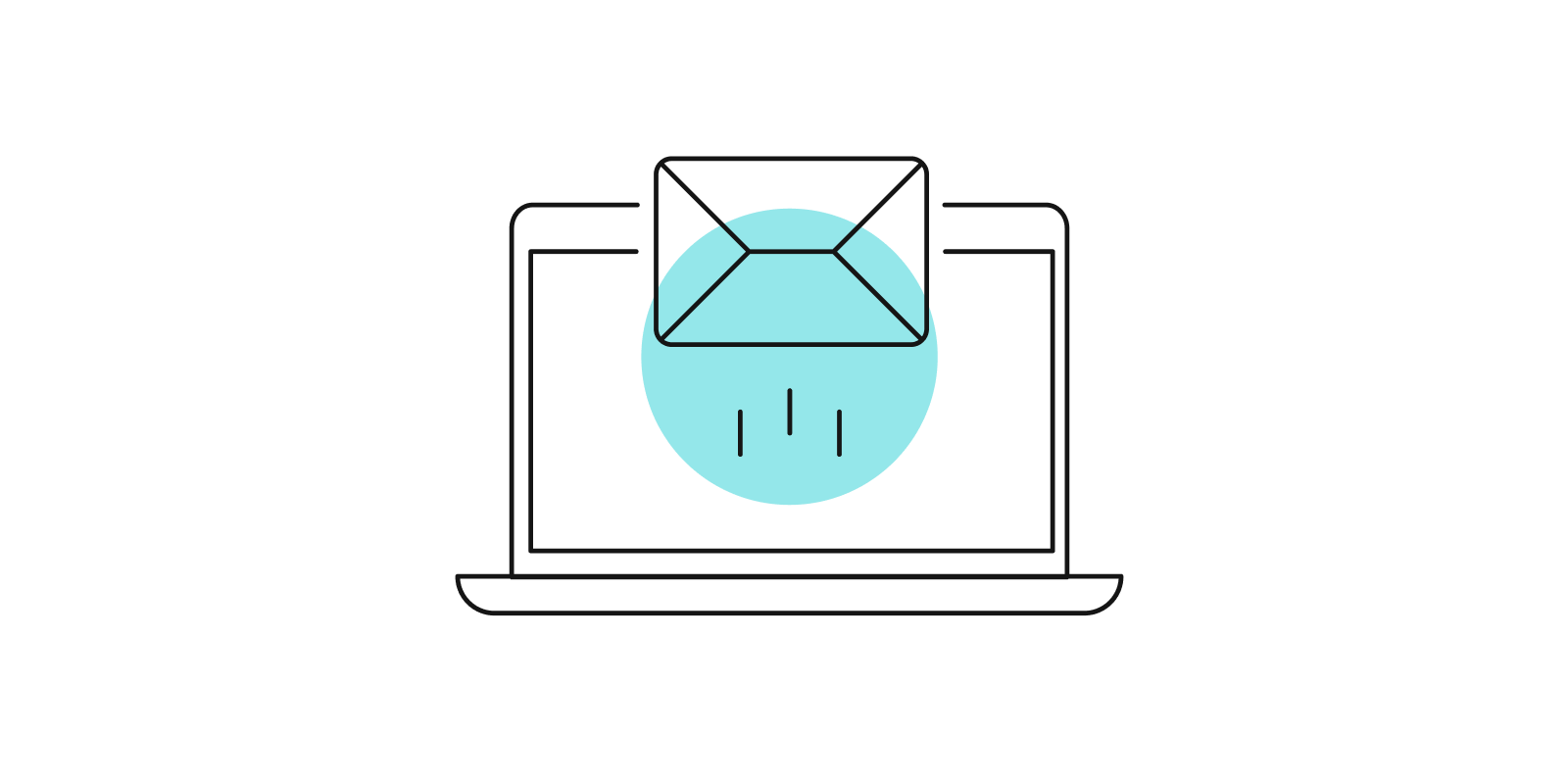
The Impact of Mastering at Clemson University: A Spotlight on Professor John Cummings

John Cummings is a senior lecturer in the Department of Biological Science at Clemson University. He’s an award-winning educator who has furthered the use of innovative technology at Clemson. He also gets shout-outs from Clemson students on TigerNet message boards. According to one commentor, “John Cummings for Anatomy and Physiology is pretty awesome.”
John currently teaches Human Anatomy and Physiology I and II, and a lot of the nursing students in his classes go on to take the MCAT. Many of those students report back to John that the work they did in his A&P class had a positive impact on their MCAT scores.
“I know from unsolicited note cards and emails that I’m getting from students,” John explains, “that their highest portion on the MCAT was the bio because of what happened in Anatomy and that they’re feeling really positive. And that’s because of the foundation that’s there. What we’re teaching them to do is be independent learners.”
Improving student performance
John was an early adopter of Pearson’s Mastering® A&P digital learning platform and has a vivid memory of the first time his Pearson sales rep did a Mastering demo for him. “I was on board immediately,” he recalls, “because it saved me from having to do a lot of the stuff that I had been doing in putting together my own things, [with the] automatic grading and all of that sort of stuff. It’s one of those things that can really sell itself.”
From that first demo, John says that Mastering appealed to him “because it’s conveniently accessible.” He felt it would add elements to his courses, benefiting him and his students. “If it doesn’t do something for my students,” he adds, “I'm not going to maintain it in my class.”
John kept a critical eye on progress as he implemented Mastering into his courses at Clemson, and the impact was obvious from the first semester. “There was a tremendous improvement in student performance that first year,” he explains.
Instructors are able to see how much time a student spends on a question in Mastering, an insight that John feels gives him a sense of which students are truly answering a question versus letting a quick Google search find the answer for them. “Initially, when I first adopted it,” he recalls, “the people who significantly worked through the Mastering assignments saw about a seven percent increase in performance on examinations.”
“There was a tremendous improvement in student performance that first year.”
– John Cummings
Optimizing lecture time
John notes that improved exam performance isn’t the only Mastering benefit he enjoys. “I’ve kept the Mastering assignments because it helped make them better prepared,” he explains.
By assigning required Mastering homework, for instance, John gets his students to focus on key material throughout the semester — not just around exam dates — and the analytics show him that it works. In John’s words, “It forces students to look at material now, rather than later.”
The at-a-glance insights John gets from Mastering also provide quick feedback that helps him make the most of class time.
Based on pre- and post- class Mastering assignment results, John explains, “I can look to see if there are particular topics that they’re not performing well on, which then allows me to go back to my next lecture, regroup, and start over. Because, if I’m starting in with something that requires a baseline and they don’t know it, then I’m only making life worse for everybody, including myself.”
John gives his students Mastering assignments for each of the lectures he presents in class. His philosophy is for the questions to be supportive, not punitive. “I want the students to get in here and do those and get positive points for it,” he explains, “but not just freebie points. I want them to identify the areas that they were weakest on, so that they can then take it to the higher levels that I’m going to do.” By starting students off with lower-level questions within their homework assignments, John helps build their confidence in what they know and helps them develop what they don’t. By using homework as a building block, John is able to get his students where they need to be.
In addition, with features like Learning Catalytics, and Early Alerts, instructors are able to get real time analytics on where their students need more focus, which can help make informed decisions about what lessons or units need more focus in class.
“I’ve kept the Mastering assignments because it helped make them better prepared.”
– John Cummings
Enhancing peer learning with PAL 4.0
While John refers to the Mastering assignments he uses in his courses as “the first tier in formative evaluation,” he notes that “the second tier comes from peer learning” activities. He’s developed these activities, based in part on the Practice Anatomy Lab (PAL) 4.0 feature in Mastering, to help take learning beyond memorization.
PAL 4.0 is a virtual anatomy practice tool that gives students 24/7 access to anatomical and fully manipulable 3D models of lab specimens. With PAL 4.0, Mastering makes it easier for students to understand the complex functions of the human body.
John integrates peer learning and PAL 4.0 in his classroom by identifying peer instructors (a.k.a. PAL leaders) in his class. He has his peer instructors create PAL-based worksheets that he uses as a jumping off point to help students move beyond memorization and start making connections. “I take this precursory information and ask them to be able to start linking it together, so, you know, how does this piece relate to this piece and our understanding of what’s going on?”
PAL 4.0 also provides built-in audio-pronunciations, practice questions, and mobile-friendly flashcards. When John has his students create flashcards in PAL, he uses his educator view in Mastering to see which material their flashcards focus on. “We can look at what the students are putting together as their flash card stacks to see what we think students are having, as far as difficulty with the material, so that we can make sure we alter the way we're presenting that,” John explains, noting that the feature is “very, very practical.”
Experiencing the Pearson difference
The textbook John currently uses for his A&P courses is Pearson’s Human Anatomy & Physiology by Marieb and Hoehn.
Although he used another textbook for one year during COVID, he’s since switched back and remains loyal to the Pearson text. He explains that he returned to Marieb and Hoehn after doing a side-by-side comparison with a competitor’s textbook. “I did an item-by-item assessment,” he says, “the Marieb and Hoehn textbook, I thought, presented it in a more understandable manner . . . there were far more [topics] that were better in the Marieb textbook . . . the textbook combined with Mastering was a better complete package.”
Learning from his success, many of John’s colleagues in the Department of Biological Science now use Mastering in their own courses. Introductory Biology and Microbiology are among the other courses that currently use Mastering at Clemson.
Among the biggest selling points that have persuaded John’s colleagues to adopt Mastering are the compatible lab manuals Pearson provides. Mastering lets instructors customize lab questions and choose chapters. When explaining why he chooses Mastering over creating his own lab manual, John notes, “The product that I end up finishing up with is more specifically catered for my students than what I could do.”
When John demonstrates how efficiently instructors can customize lab manuals in Mastering, his colleagues see that, “you can spend more time doing some other component of your course . . . they give it a try and buy in and now they’re committed to it.”
“Mastering allows students to get to things on their own time.”
– John Cummings
Helping instructors support students
John also sees how Mastering can better prepare students whose goal it is to transfer from tech schools into programs at schools like Clemson. He’s seen students make that transition, take a second semester of a course and not succeed, illustrating that “they’re not being taught the way they need to be taught the first time.”
As a learner himself, John identifies with students who don’t always pick concepts up during a lecture, but instead process the material on their own time and figure things out by the next class session. That insight into how students learn fuels John’s preference for assigning Mastering questions and avoiding in-class, question-generating technology like Clicker and Top Hat. “Mastering allows students to get to things on their own time,” John explains.
The strategy John uses with his students is to build their foundational knowledge and identify gaps in their understanding—and he gets support for those classroom goals from the tools in Mastering A&P. “I’m making sure that the foundation is there and solid,” he explains, “so that as I move forward, I’m not leaving them behind.”
About the author

Kristin Marang
Kristin Marang is a writer at heart, who brings authentic stories to life for brands. As a content creator for Pearson’s Spotlight series, Kristin writes feature stories about award-winning educators and the many ways that they use Pearson products to enhance learning.



